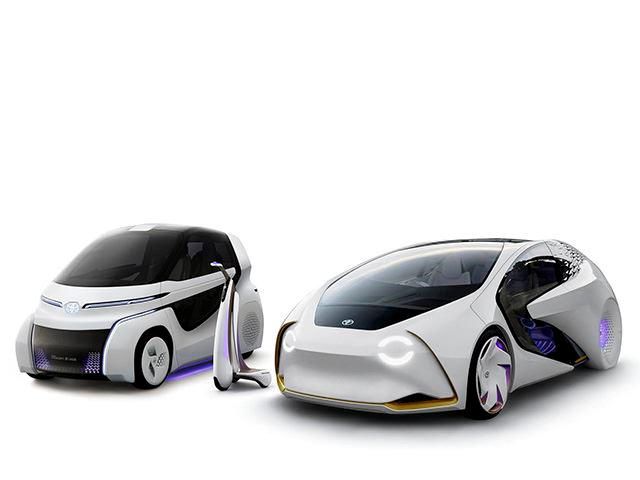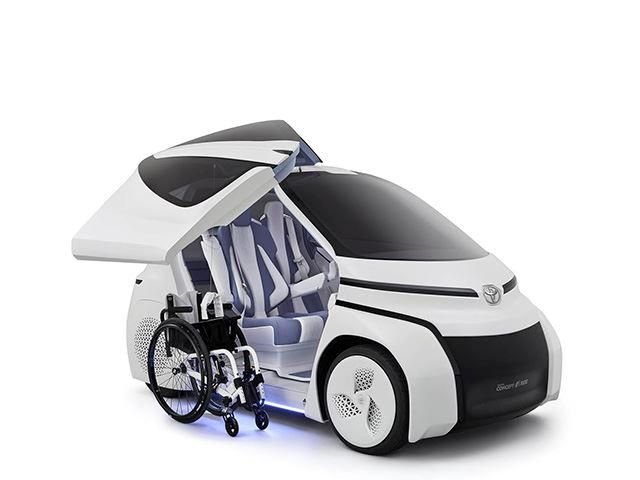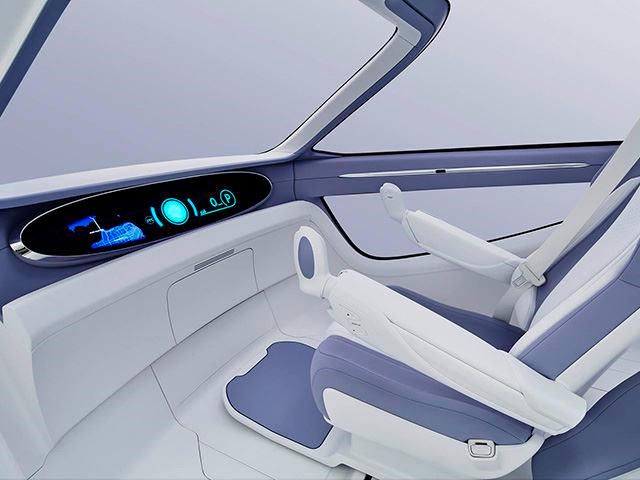
This year's Tokyo Motor Show will play host to an assortment of eye-catching concept car reveals. Toyota already has a strong line-up, including the GR-HV Concept which looks like a convertible 86 sports car concept, the Crown concept previewing the next-generation model of the automaker's signature sedan, and the all-electric Sports EV Concept. We can now add another three concepts to that growing list, because Toyota has revealed a new trio of EVs that use advanced AI technology to form the Concept-i Series.
First up is the Concept-i, which was revealed at CES earlier this year. Every car in the Concept-i Series uses artificial intelligence technology that can learn about you based on your facial expressions and tone of voice, and analyze your GPS information and social media activity to suggest routes. It can also detect your emotions and change your preferences accordingly. For example, if you're feeling sad the car will play one of your favorite songs to cheer you up. Because all this doesn't sound creepy at all. Joining the four-door Concept-i sedan is the i-Ride Concept, a compact city car similar in size to the Smart Fortwo with gullwing doors for easy access to wheelchair users.
The central driver's seat can slide sideways to make room for another occupant. Thanks to this design, a wheelchair can be easily stored in the rear. Instead of a steering wheel and pedals, the i-Ride Concept is operated using a joystick, while its compact size makes it easy to park. No details have been revealed about the car's electric powertrain, but Toyota says the i-Ride Concept can run for 62-93 miles on a single charge. Accompanying the i-Ride Concept is the Concept-i Walk, a compact mobility vehicle designed to be used in pedestrian spaces. It adopts a three-wheel layout, with a front wheel that extends for higher speeds.
It takes up about the same space as a walking pedestrian, has a turning radius smaller than its total length, and can be used for up to 12.4 miles on a single charge. On-board sensors detect any impending dangers and alert the driver, while the low floor makes it easy for people to get on and off, with no restriction of age, gender or clothing.



